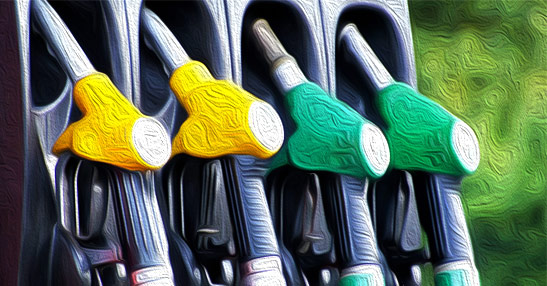
Standard diesel, unleaded and gas classifications have now been changed all across the European community.
Last Friday 12th October was the switch-over date for petroleum and diesel labelling across the European Union and other non-EU states such as Norway, Iceland, Switzerland and Turkey…
The reason for the change – which you may or may not have noticed by now at your local petrol station – was to standardise the different brands of unleaded, diesel and gas and to make consumers aware of their biofuel content; all in the name of making us more conscious of the environmental impact of filling up our cars and gradually phasing out fossil fuel combustion.
No longer can you fill your car up with standard diesel, petrol (gasolina here in Spain) 95 or 98. From now on, you will have to be aware of the distinction between B7, B10 and XTL when refuelling your diesel vehicle and E5, E10 and E85 in the case of petrol engines.
Let’s break this down by engine type. The new diesel classifications are the following: B7 and B10 are for cars that run on 7% and 10% biodiesel respectively, while XTL is the term for paraffinic – or synthetic – diesel fuel.
For petrol motors, the classifications are a little simpler. The “E” in E5, E10 and E85 stands for ethanol fuel and the numbers refer to the percentage of the additive used in each of the three grades of ethanol-blended petrol.
The new gaseous fuel nomenclatures are H2 for hydrogen, CNG for compressed natural gas, LPG for liquid petroleum gas and LNG for liquid natural gas.
Any questions? Feel free to send us a message about this or any other lifestyle article and don’t forget to SUBSCRIBE to receive VIVA Blog Updates above!
 en
en



 Vlaams-Nederlands
Vlaams-Nederlands
2 Comments
Leave a Comment
DISCLAIMER
The opinions and comments expressed by contributors to this Blog are theirs alone and do not necessarily reflect the views of VIVA Homes Under the Sun Ltd, any of its associated companies, or employees; nor is VIVA to be held responsible or accountable for the accuracy of any of the information supplied.
MRS J BATESOctober 29, 2018 at 9:26 am
Hi, Is there a difference in the petrol prices for E5, 10 and 85. I am travelling to Spain next month and hiring a car so this information is really helpful. Thanks. Jan
Simon LivettOctober 29, 2018 at 11:51 am
Have you got something to say?